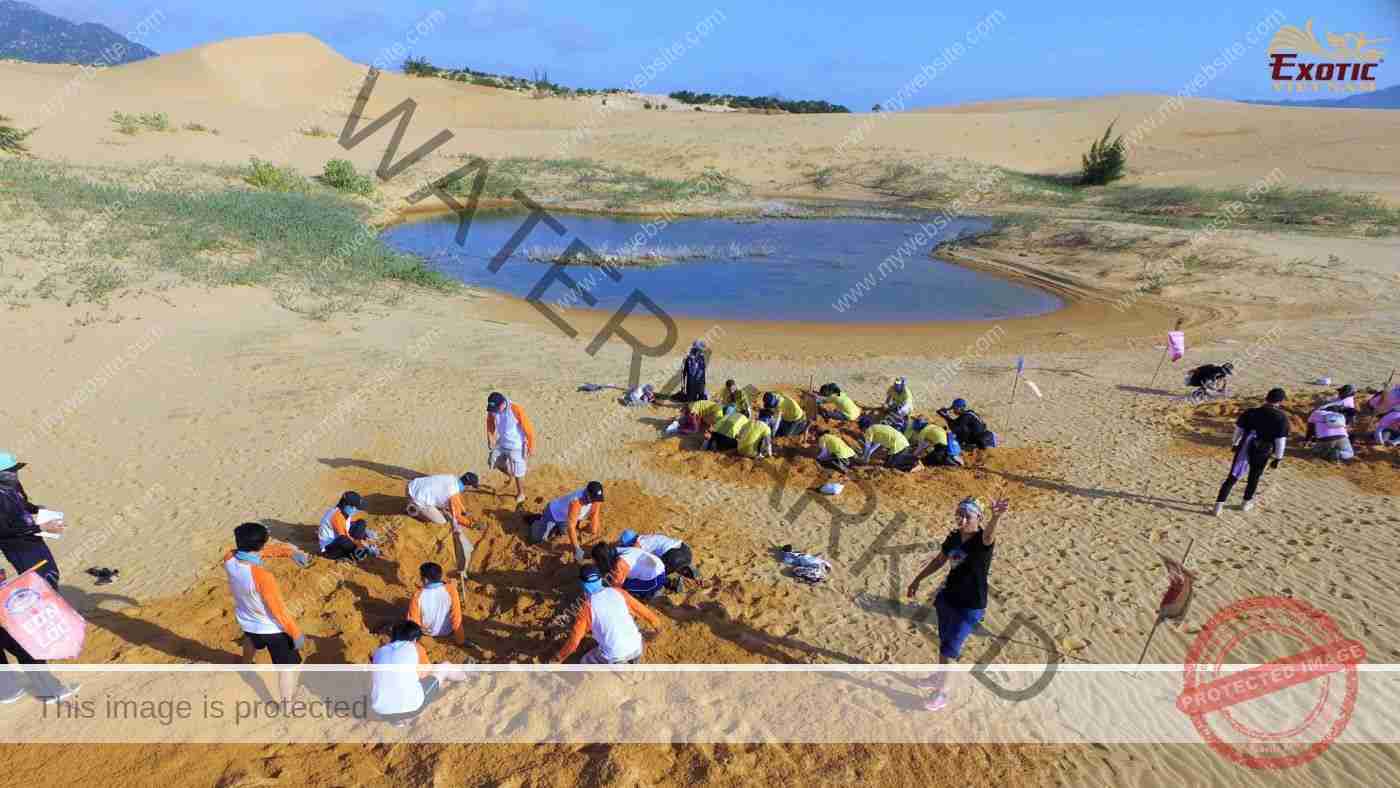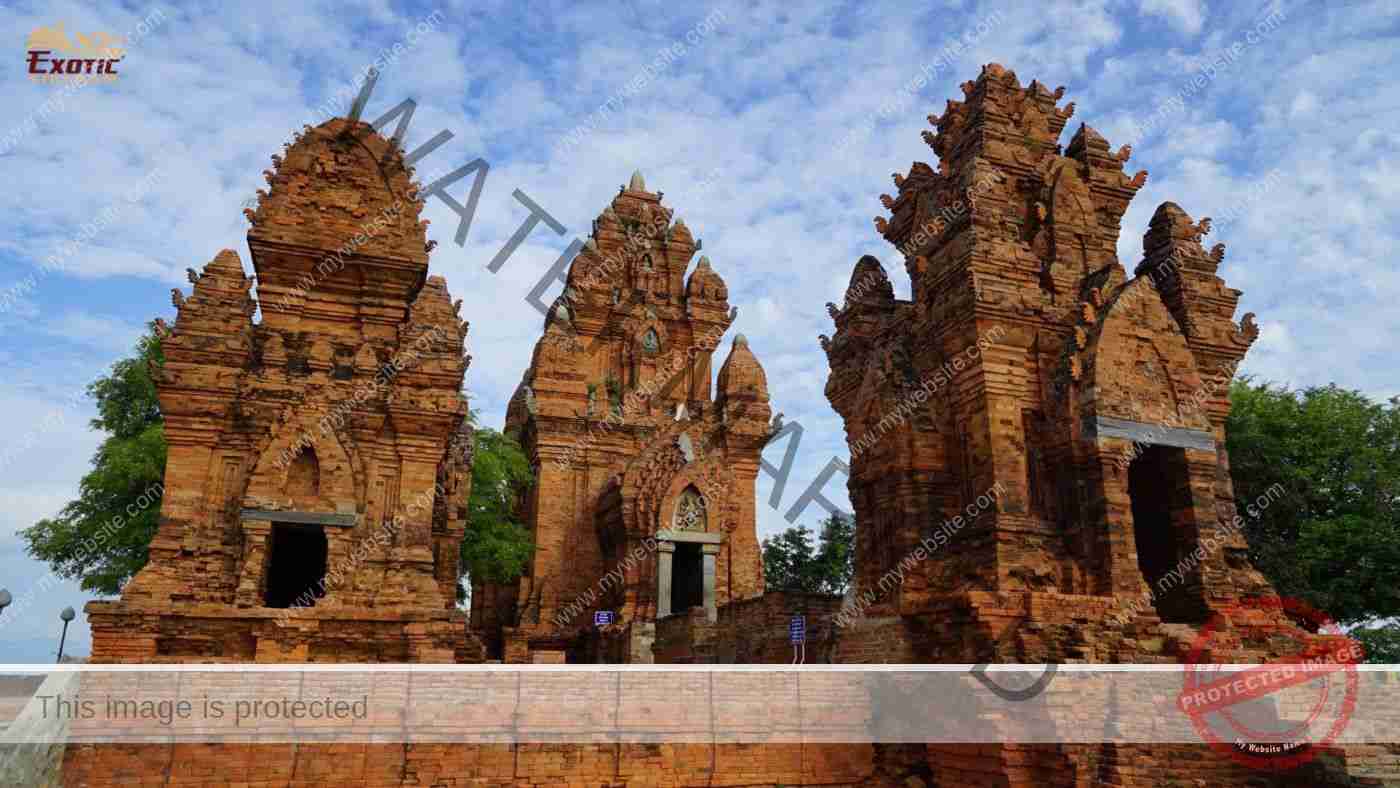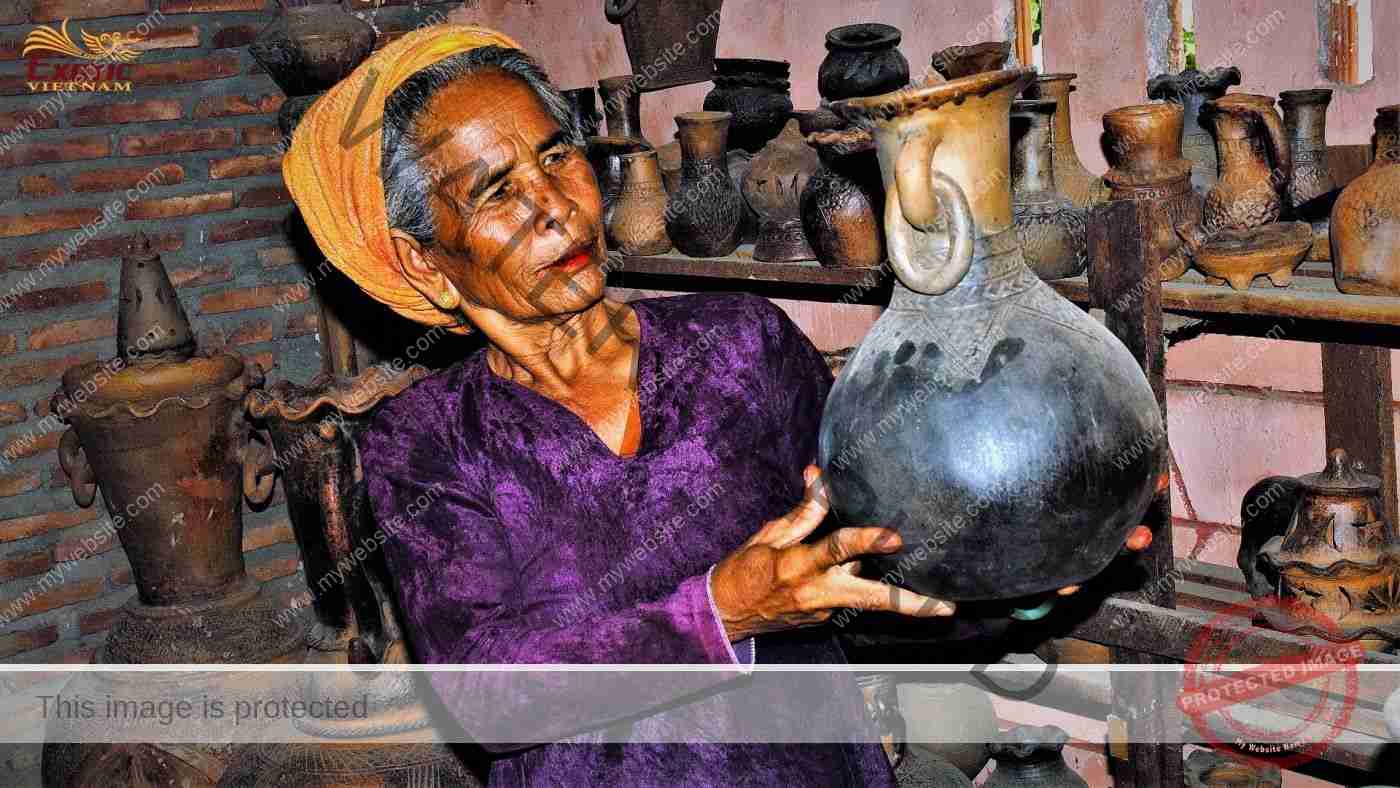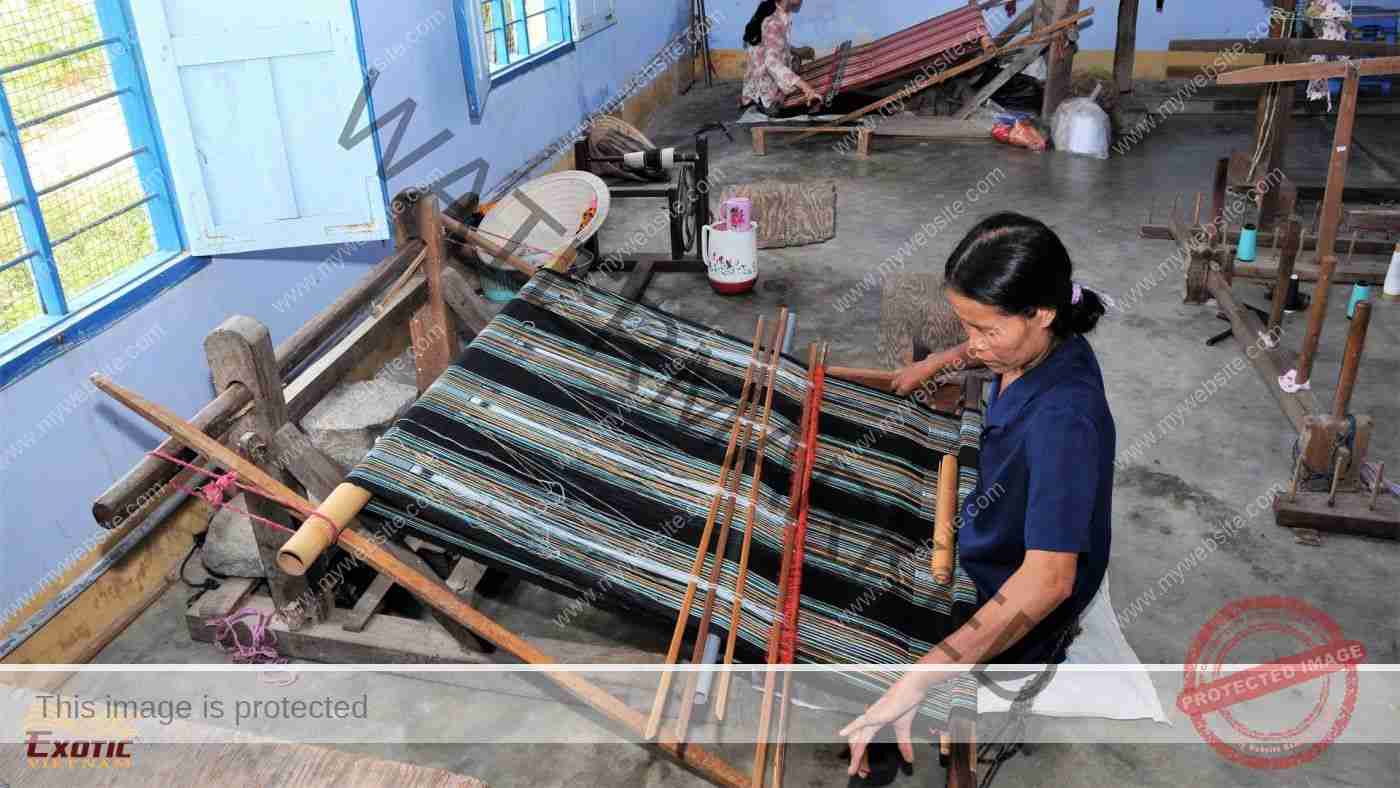TEAM BUILDING IN PHAN RANG

Location: 345km north of HCM City (6 hours by car), 110km east of Da Lat (2½ hours by car), 105km south of Nha Trang (2 hours by car).
Introduction: Phan Rang, the capital of Ninh Thuan Province, is located at the T-junction to famous attractions in South Central Vietnam: Da Lat, Phan Thiet and Nha Trang. Being the arid area with the average annual rainfalls of under 700mm, Phan Rang is endowed with the blue sky, red sand dunes and turquoise sea all year round. Inhabited by a large crowd of Cham people, visitors can find Cham vestiges and Cham traditional handicraft villages producing terracotta and weaving brocade. Especially Cham folk songs and dancing arts make the journey to Phan Rang unforgettable.
Highlights: Nui Chua National Park, Mui Dinh sanddunes, Po Klong Garai Towers, Ninh Chu Beach, Bau Truc pottery village, My Nghiep weaving village, etc.
Facilities & services: boat ride on the bay, tourist class hotels and restaurants.

Nui Chua National Park
Established in 2003, the Nui Chua National Park is a dome-shaped granite mountain jutting out into the East Sea, consisting of several peaks over 1,000m tall. About 35km north of Phan Rang – Thap Cham city, the park spreads over an area of 29,860ha, of which the land part is about 22,500ha, the sea part is 7,350ha. Dominated by a semi-arid climate, the park has recorded 1,504 species of higher vascular plants, 330 species of terrestrial vertebrates, with 84 species of mammals, 163 bird species and 83 amphibian reptile species, of which 46 rare species are listed in the Red Book. Besides, it is home to a diversity of over 350 species of corals and populations of sea turtles, including 3 species: Green turtle (Chelonia mydas), Hawksbill turtle (Lepidochelys olivacea), and Loggerhead turtle (Caretta caretta).
Unspoiled rocks, smooth white sand, deep blue-black sea water, savanna-style forests full of thorns, etc. make Nui Chua National Park truly a paradise for thrill-seekers, nature lovers, and photographers who want a wild discovery. Climbing up many peaks at the elevation of over 1,000m, the journey across different terraces is not easy to conquer, requires health and endurance to overcome many personal and natural barriers. Fine white sand beaches and crystal clear waters surrounded by craggy cliffs are also incomparable treasures to allure all beachgoers. Alternatively, you can explore the undersea world with snorkeling to get lost in the colorful coral maze or immerse yourself in the passion of fresh seafood with a variety of fresh oysters, snails, fish, etc. Vinh Hy Bay and the neighboring mountains are also a great playground for team building activities with a series of survival-style activities from rafting on the bay, snorkeling at coral reefs, BBQ picnic lunches with local seafood, to hiking in the national park.
In 2021, UNESCO has recognized the Nui Chua National Park as a global biosphere reserve to promote sustainable development and protect terrestrial, marine and coastal ecosystems.

Mui Dinh sand dunes
30km south of Phan Rang – Thap Cham city, Mui Dinh (Cap Pandaran) is well known for its Mui Dinh lighthouse, built by the French in 1904, located on Mount Hon Chong, 178m above sea level. The attraction of Mui Dinh is the huge rock mass that has been crushed by the harsh climate, you can even listen to the crackling sound of broken rock. The original great massif has turned into countless small blocks, all sizes, all shapes, piled on top of each other to create spectacular formations. In some places, it collapsed and threw large blocks of rock everywhere, some of which weighed hundreds of tons. Along the beach, the vast desert, covering up to 700ha, features crescent sand dunes and small oases filled with fresh water and green grass. In addion, accommodation in “Mongolian tents” and transportation by special vehicles on the sand dunes make Mui Dinh become an ideal place for team building activities.

Po Klong Garai Towers
Po Klong Garai towers are the most famous landmark of Phan Rang. Located 7km west of Phan Rang and near the Thap Cham railway station, the complex consists of four towers which are the remaining of a group of six towers constructed during the 13th century in the style of Hindu temples. From the top of the Cho’k Hala hill where the towers are located, visitors can see impressive views of the entire valley and surrounding countryside. The main tower was built to worship Po Klong Garai King, who, according to the legend, suffered from leprosy. Time could not have any affect on the Po Klong Garai towers, which has remained intact.

Bau Truc pottery village
Bau Truc pottery village of Cham ethnic minority, it is one or two oldest pottery villages in South East Asia. It is located about 10km south of Phan Rang. The small village is home to more than 400 families, of which 85% are in the traditional pottery business. The village is endowed with a special sort of clay. Local artisans say the clay, which contains 30 percent sand, helps increase baking temperatures more rapidly and prevents the items from cracking. In addition to items for daily use, such as pots and jars, the people of Bau Truc now produce a wide range of fine art articles, many of which have received international awards.

My Nghiep weaving village
My Nghiep village, 10km south of Phan Rang, has long been known for its traditional brocade of the Cham people. The small village is home to more than 480 families, of which 90% depend on weaving for their main source of income. To make a woven brocade product, artisans use a manual spinning device to produce rolls of thread with different colours, then put thread into a hook frame to mix colours and finally fit it into a loom for weaving. My Nghiep has also been known for sarong, called tukman, which was formerly used to make costumes for kings and queens. Sarong is considered a type of sacred fabric, thus it is never used for casual wear among Cham people. In recent years, My Nghiep’s woven products with a variety of designs have been marketed nationwide and abroad.
